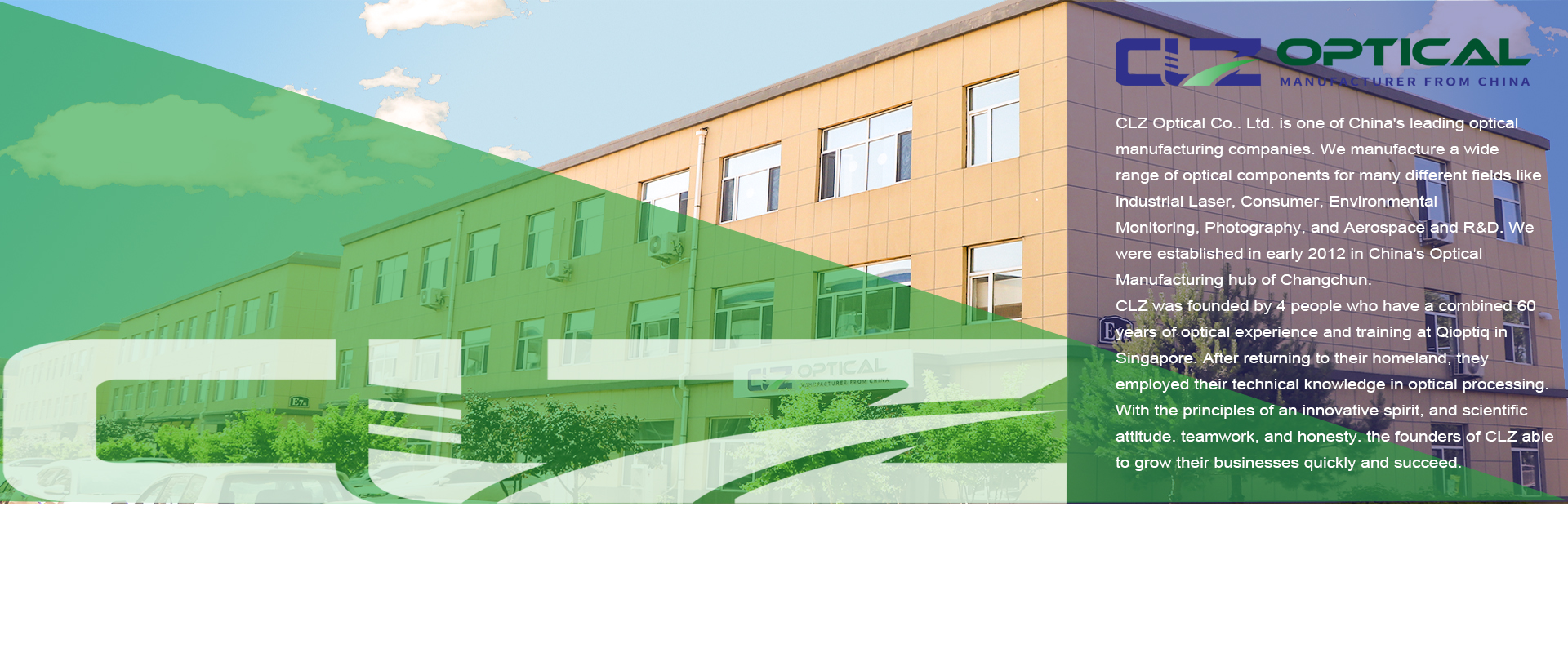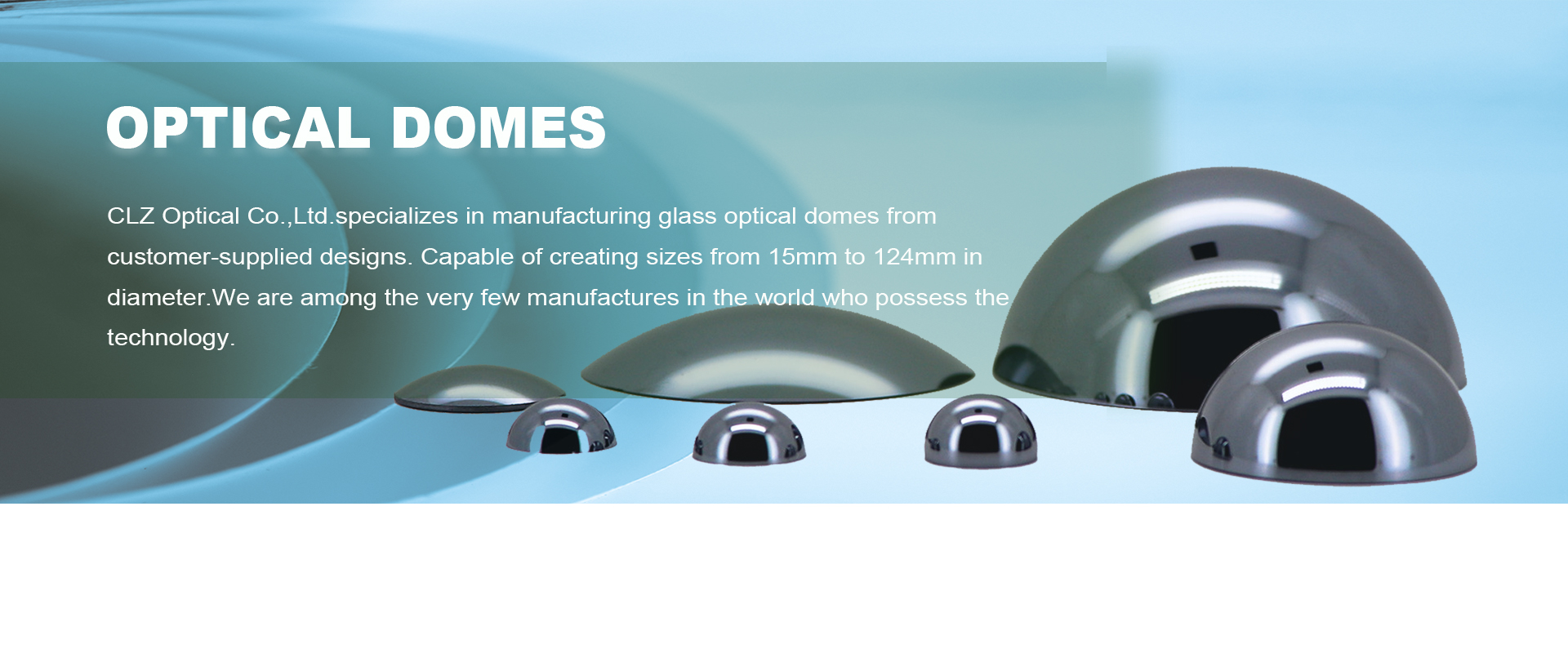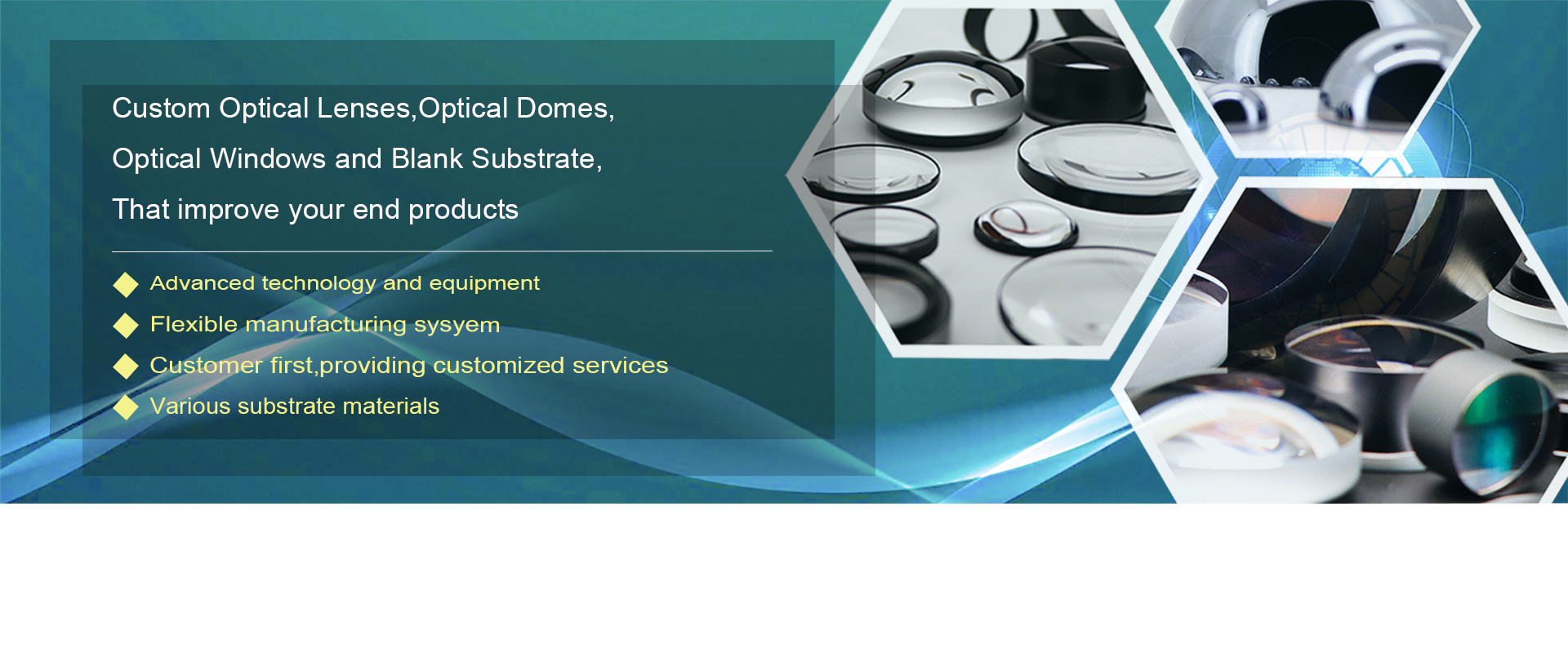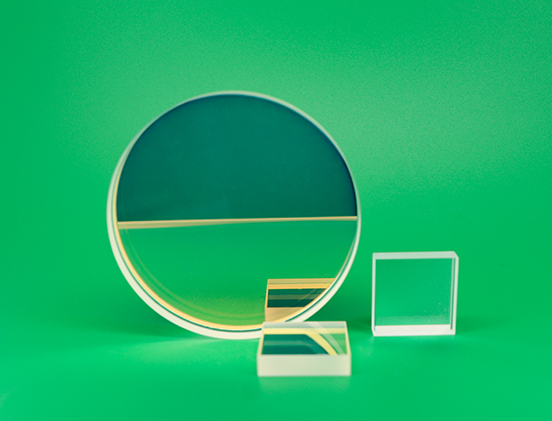What is a Concave Mirror: Properties and Uses
Sep. 01, 2024
A mirror is a polished surface that reflects light to create images. There are two main types of mirrors: plane and spherical. Spherical mirrors, which include concave and convex mirrors, are segments of a hypothetical sphere. They are distinguished by their shapes: a concave mirror has a reflecting surface that curves inward, while a convex mirror has a reflecting surface that curves outward. The primary distinction between them lies in the types of images they produce.
Special Terms
- Centre of Curvature: The center of the hypothetical sphere of which the spherical mirror is a part.
- Pole: The central point of the mirror’s surface.
- Principal Axis: An imaginary line that passes through the pole and the centre of curvature.
- Radius of Curvature: The distance between the centre of curvature and the pole.
- Focus: The point located halfway between the centre of curvature and the pole. The focal length is half of the radius of curvature.
Concave Mirror
A concave mirror, also known as a converging mirror, features a reflecting surface that curves inward. Its primary characteristic is its ability to converge light rays to a single point of focus. Unlike convex mirrors, concave mirrors produce images of varying sizes and types depending on the object's distance from the mirror. The term "converging mirror" refers to the mirror's function of focusing light at a specific point. Consequently, concave mirrors are commonly used in devices designed to concentrate light, as the angle of the normal on the mirror's surface varies at different points.
Characteristics of a Concave Mirror
A concave mirror has the following characteristics:
- A concave mirror converges or focuses light at one point
- The image is virtual and magnified if the object is placed very close to the mirror
- The image formed is real, and diminished in size when the object is very far from the concave mirror
Image Formation in a Concave Mirror
Concave mirrors, as non-flat reflective surfaces, demonstrate the principle of image formation through their curvature. When an object is positioned far from the mirror, the light rays reflected from the object are parallel. These rays strike the concave mirror and reflect according to the law of reflection: the angle of incidence equals the angle of reflection.
If the mirror's size is small relative to its radius of curvature, the reflected rays will converge at a single point known as the focus. However, if the mirror is large, the image may appear blurry because some rays do not converge at the focus. This phenomenon, called spherical aberration, occurs due to the varying angles at which light rays reflect off different parts of the mirror. Spherical aberration can be mitigated by using smaller mirrors or by employing parabolic mirrors, which have a shape that helps to focus light more accurately.
What is a Concave Mirror For?
Concave mirrors have many applications. Concave mirrors can magnify an image, therefore they are used in reflecting telescopes or cosmetic mirrors. They are also used to gather and direct light, such as in flashlights and headlights.
Conclusion
Concave mirrors are a fundamental tool in optics, featuring a spherical reflective surface that curves inward. Their primary function is to focus light or magnify images. When the mirror is appropriately sized, it concentrates light rays at the focus, providing clear and accurate images. However, larger mirrors may produce blurry or distorted images. Understanding the principles of image formation in concave mirrors is crucial due to their wide range of applications, from telescopes and lasers to dental tools and lighting systems.






















